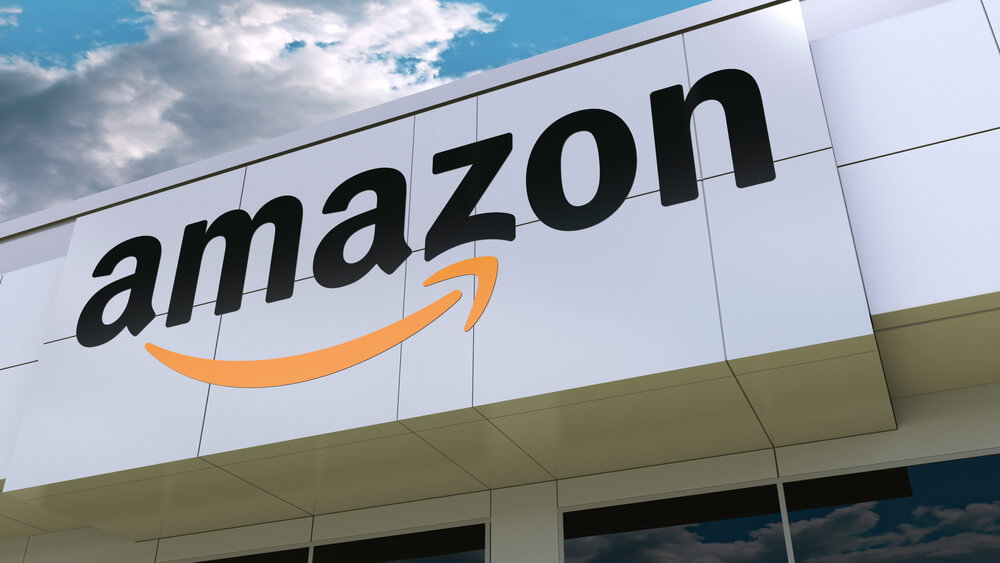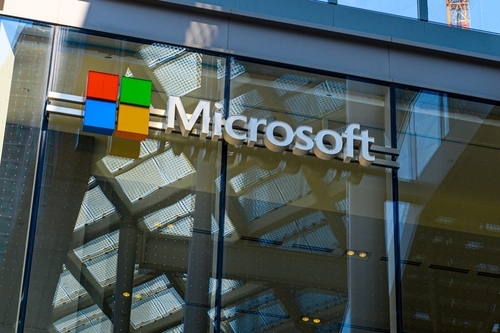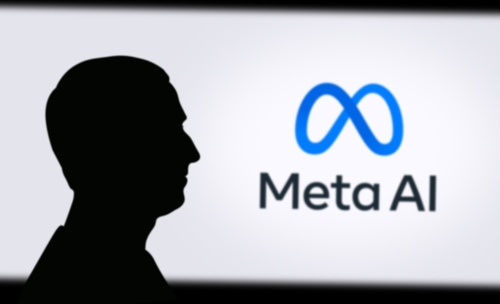Pulmonx (LUNG) Q2 Revenue Rises 15%

Key Points
Revenue rose 14.8% year over year to $23.9 million (GAAP) in Q2 2025, slightly exceeding consensus estimates (GAAP).
International growth led results, with sales up 32%, while U.S. growth slowed to 6%.
Pulmonx lowered its full-year 2025 revenue guidance to $90–$92 million from $96–$98 million, reflecting slower-than-expected revenue conversion from U.S. initiatives.
Pulmonx (NASDAQ:LUNG), a medical technology firm specializing in minimally invasive treatments for severe lung diseases, reported earnings for Q2 2025 on July 30, 2025. The company topped revenue expectations with $23.9 million in GAAP revenue, just above the $23.74 million analyst consensus (GAAP), representing an increase of 14.8% compared to Q2 2024. Its net loss per share (GAAP) narrowed to $(0.38) and improving slightly from $(0.39) in Q2 2024. However, despite strong international results, management revised full-year 2025 revenue guidance down by $6 million, now targeting $90–$92 million for the year. Operating discipline helped keep expenses in check, but profit levels (GAAP) did not materially improve. While gross profit and international sales grew, slow U.S. traction and gross margin pressure weighed on the overall quarter.
| Metric | Q2 2025 | Q2 2025 Estimate | Q2 2024 | Y/Y Change |
|---|---|---|---|---|
| EPS (GAAP) | $(0.38) | $(0.39) | $(0.39) | -2.6 % |
| Revenue | $23.9 million | $23.74 million | $20.8 million | 15.0 % |
| Gross Margin | 72 % | 74 % | (2.0) pp | |
| Adjusted EBITDA | $(8.4 million) | $(7.6 million) | -10.5 % | |
| Operating Expenses | $32.0 million | $30.9 million | 3.6 % |
Source: Analyst estimates provided by FactSet. Management expectations based on management's guidance, as provided in Q1 2025 earnings report.
About Pulmonx and Its Business Focus
Pulmonx develops and markets devices for severe emphysema—a serious form of chronic obstructive pulmonary disease (COPD). Its main product family is the Zephyr Endobronchial Valve, a tiny, implantable medical device designed to help people with advanced lung disease breathe better by blocking targeted areas of damaged lung.
The company aims to address a global unmet need, with an estimated 1.2 million patients eligible for Zephyr Valve treatment worldwide, based on company estimates as of 2019, representing a $12 billion market. Pulmonx’s strategy centers on expanding the adoption of its core therapy, leveraging direct-to-patient outreach, physician education, and clinical validation to drive market penetration—especially in the U.S. Key success factors include gaining physician and patient awareness, achieving favorable reimbursement, delivering high-quality clinical evidence, and controlling costs during expansion.
Quarter Highlights and Analysis
The quarter’s most notable development was robust international revenue, which increased 32% year-over-year on a GAAP basis. That strong growth outside the U.S. offset sluggish expansion domestically, where year-over-year U.S. sales grew just 6% (GAAP). The majority of revenue upside came from markets outside the United States, with advanced distributor stocking in China noted as a factor in the prior quarter (Q1 2025). International sales benefited from the established inclusion of the Zephyr Valve in global treatment guidelines and growing reimbursement access.
U.S. revenue, in contrast, reflected persistent challenges in scaling adoption. Despite over 20,000 new patient engagements generated through direct-to-patient advertising and the addition of 12 new U.S. treatment centers, conversion from marketing engagement to actual procedures and sales proved slower than management expected. Pulmonx also highlighted efforts to train 26 new physicians and expand contracting for its LungTrax patient identification tool.
Gross margin declined to 72%, down from 74% in the prior year period. The margin decline is being watched closely, as the company targets a full-year gross margin of around 74% for FY2025, with expectations for a positive shift as U.S. sales increase in the back half of 2025.
Operating expenses in the second quarter of 2025 were $32.0 million, compared to $30.9 million in the same period of 2024, representing an increase of 3%, with Adjusted EBITDA loss in the second quarter of 2025 was $8.4 million, compared to $7.6 million in the same period of 2024. While expense growth was modest, higher costs combined with only incremental gains in U.S. sales created a nearly flat net loss for the quarter. Cash, cash equivalents, and marketable securities totaled $84.2 million as of June 30, 2025, down from $88.7 million as of March 31, 2025, reflecting continued operating losses. Pulmonx does not currently pay a dividend.
Core Products, Initiatives, and Market Factors
The Zephyr Valve system is Pulmonx’s flagship treatment for severe emphysema. It is designed as a minimally invasive, implantable device that blocks airflow to damaged parts of the lung, improving breathing and quality of life for patients who are often out of other options. In addition, Pulmonx also offers digital workflow products, including StratX and LungTrax. Each supports clinicians in identifying and managing appropriate patients, aiming to increase the pool eligible for treatment.
A key focus in the quarter was expanding Pulmonx’s commercial “acquire, test, treat” strategy. The company drove over 20,000 first-time patient engagements through targeted direct-to-patient advertising—a leading indicator, though conversion remained slow. Hospital and physician outreach included additional clinical education programs, new center launches, and expanded LungTrax pilot deployments. These investments highlighted the company’s effort to develop referral pathways and physician familiarity. However, management acknowledged that getting patients efficiently from awareness to procedure remains a bottleneck, particularly in the U.S. Specialist training, infrastructure growth, and technology adoption all require time before driving consistent revenue growth.
Pulmonx’s pipeline for innovation includes the AeriSeal System, a next-generation treatment in clinical trials. The AeriSeal’s “Breakthrough Device” designation from the U.S. Food and Drug Administration (FDA) signals its potential for future market expansion. If ultimately approved, management expects it could increase the company’s eligible market by 20 %, with launch timing outside the U.S. around 2026 and domestic launch estimated for 2027. Company communications reaffirmed the Zephyr Valve’s position in global guidelines and the stability of reimbursement policies in key markets.
No material one-time events, impairments, or settlements affected the period. The quarter was marked instead by underlying same-store trends and commercial execution, rather than discrete accounting impacts.
Outlook and What to Watch Ahead
Management lowered Pulmonx’s revenue guidance for full-year 2025 to $90–$92 million, down from a prior range of $96–$98 million. The cut reflects what management described as “longer-than-expected revenue conversion from our U.S. initiatives,” echoing persistent U.S. market bottlenecks even as early improvements develop. Pulmonx also tightened its guidance for total operating expenses for full-year 2025, lowering the outlook to $128–$130 million, aiming for better expense discipline as revenue scales more slowly. Gross margin expectations for FY2025 remain at approximately 74%, up modestly from the current quarter’s 72 %. The company specified that full-year 2025 forward guidance does not incorporate possible future impacts from tariffs or changes in global trade policy that might affect international results. No formal statements about improved profitability timing or cash break-even were provided.
Management did not announce any new dividend policy or adjustment. Investors may want to focus in coming quarters on Pulmonx’s ability to increase U.S. procedure volumes, accelerate physician and patient conversion rates, and sustain international momentum. Monitoring the margin trajectory and cash flow consumption, as well as any regulatory developments or product launches, will remain important in assessing Pulmonx’s path toward long-term growth and profitability.
Revenue and net income presented using U.S. generally accepted accounting principles (GAAP) unless otherwise noted.
Where to invest $1,000 right now
When our analyst team has a stock tip, it can pay to listen. After all, Stock Advisor’s total average return is 1,049%* — a market-crushing outperformance compared to 182% for the S&P 500.
They just revealed what they believe are the 10 best stocks for investors to buy right now, available when you join Stock Advisor.
*Stock Advisor returns as of July 29, 2025
JesterAI is a Foolish AI, based on a variety of Large Language Models (LLMs) and proprietary Motley Fool systems. All articles published by JesterAI are reviewed by our editorial team, and The Motley Fool takes ultimate responsibility for the content of this article. JesterAI cannot own stocks and so it has no positions in any stocks mentioned. The Motley Fool has no position in any of the stocks mentioned. The Motley Fool has a disclosure policy.





